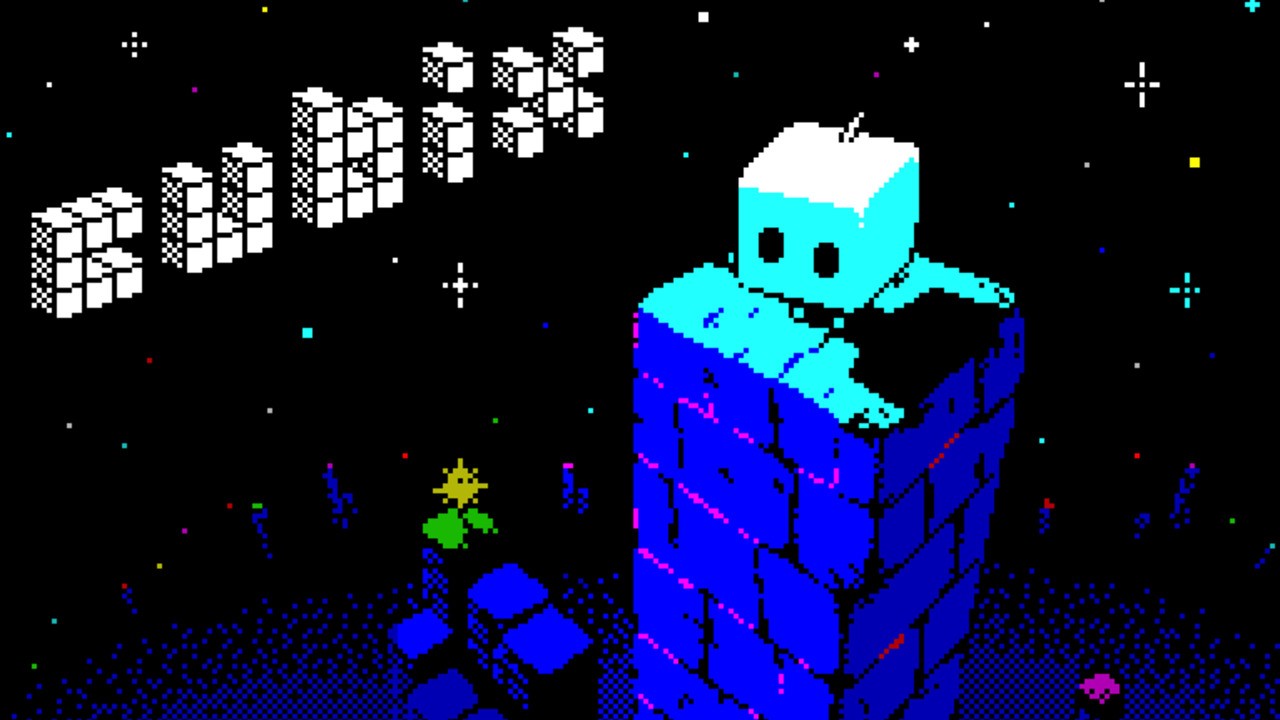Why Andor Is the Darkest, Most Brutal Star Wars Tale You’ll Ever Regret Watching
Hello everyone. Strap yourselves in because today we’re dissecting yet another love letter to the concept of misery cleverly disguised as a sci-fi drama-Tony Gilroy’s “Andor.” Yes, that show. The one that critics fawn over like it’s some kind of divine revelation while audiences are left wondering if they’re supposed to clap, cry, or grab a history textbook to keep up with all the political allegories raining down like shrapnel from a badly aimed TIE Fighter.
The “Mad and Undoable” That Somehow Got Done
So, Gilroy walks into Lucasfilm with a pitch that Kathleen Kennedy herself labeled “pretty mad and undoable.” Which is funny, because considering the way Disney has been running the Star Wars franchise, you’d think “mad and undoable” was printed on their mission statement in bold, neon letters. Yet here we are, years later, with everyone pretending like this was always the grand plan.
The idea? A space-fascist allegory turned into prestige television, where bad guys wear sharp uniforms, senators get dragged out like it’s the Empire’s version of dinner theater, and every frame screams, “Look! This is just like what happens in the real world!” Subtlety? Please. This show smacks you across the face with its metaphors harder than a poorly balanced lightsaber duel.
Space Nazis, Real Nazis, And Déjà Vu Politics
Here’s the thing: Star Wars has always been about space Nazis. George Lucas practically shouted it from the rooftops in the original trilogy. Evil guys in sharp uniforms, oppressing entire planets while rebels cobbled together junkyard ships to fight back-it’s not exactly rocket science. And yet, Gilroy trots out the “space Nazis are bad” take like it’s some kind of revolutionary insight. Next you’ll tell me water is wet and EA will find a way to monetize misery in microtransactions.
What “Andor” does differently, or so the critics say, is that it mirrors our current bleak sociopolitical landscape. You’ve got a senator being carted away yelling “My people today, yours tomorrow,” while everyone watching wonders if they’re tuned into Star Wars or CNN. It’s all very poetic, very tragic, and very on-the-nose. Matches up almost perfectly with real-world senators being dragged out of meetings, apparently. Life imitates art-though this time, it feels more like both are competing on who can depress us first.
The Rant of Relentless Timeliness
Gilroy himself admits he started with the idea that totalitarianism’s creeping rot was “already obvious.” Translation: the Empire is bad, no duh. But over six years of making this show, reality decided it would copy-paste episodes of Andor into our headlines like some cosmic troll. Suddenly, “Welcome to the Rebellion” isn’t a script-it’s a newsflash.
And honestly? That’s the problem. If I wanted to watch the fall of democracy play out in soul-crushing detail, I’d scroll through Twitter-sorry, “X”-for five minutes, not binge another “dark, gritty Star Wars spin-off” where metaphor batters you like a boss fight you’re meant to lose.
Five and a Half Years of Creative Burnout
Gilroy tells us that making Andor was a full-time imaginative meltdown. Every cell in his body screaming for creative attention-writing, music, casting, design. Sounds intense. Sounds noble. Sounds like an MMORPG side quest that never, ever ends. The man flat-out admits he can’t imagine being that engaged ever again, and frankly, I don’t blame him. Creating television under pandemic lockdown while juggling authoritarian allegories isn’t exactly the kind of thing you recover from easily-it’s like trying to perform brain surgery with a controller that only drifts left.

For over five years he was living at max focus, which likely explains why the series has that unmistakeable “squeezed out every drop of despair” energy. Good for artistry, bad for mental health. Not that Disney noticed-these folks wring their creatives like wet towels and are somehow shocked when there’s nothing left. Conspiracy theorists would say it’s all part of the plan: turn everyone into cogs in an endless IP machine until we lose track of whether we’re consumers or stormtroopers ourselves.
The Medicine That Tastes Like Medicine
Look, here’s where the doctor in me pipes up: watching Andor is like being prescribed a powerful antibiotic. Necessary, hard-hitting, but dear god, nobody takes it for fun. Sure, it will clear the infection of hollow, shallow Star Wars content (hello, half-baked spin-offs), but don’t expect it to go down smooth. You’ll grimace, you might gag, but you’ll come out on the other side saying, “Well, I needed that, but I wouldn’t volunteer for it again.”

The Final Diagnosis
So what do we have here? “Andor” is the series equivalent of a grimdark Souls boss-punishing, bleak, unforgiving, and just a little smug about how clever it is because you “got the metaphor, right?” Gilroy deserves credit for pouring his everything into it, for dragging a hesitant Lucasfilm into risky storytelling territory. But the end result is less entertainment, more existential depression therapy with laser guns. Necessary? Maybe. Enjoyable? Debatable. Will I ever call this fun? Absolutely not.
Final verdict: Andor is smart, sharp, and utterly joyless. If you’re looking for fun, turn back. If you want a history lesson with stormtroopers, welcome aboard.

And that, ladies and gentlemen, is entirely my opinion.
Article source: Tony Gilroy Is Very Sad at How Relevant ‘Andor’ Has Become


